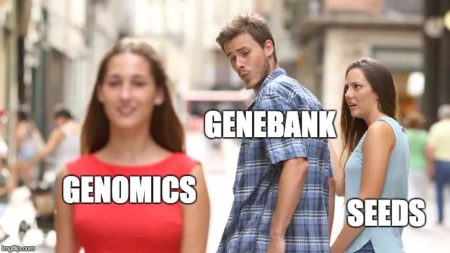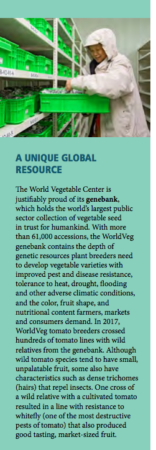Was Calvin Lamborn the Father of the Snap Pea, or not? Pea lover thinks so, on balance:
He was well aware that heirloom varieties of Snap Pea had existed for years. However, it was HIS tireless efforts to introduce this “new vegetable” to chefs and food writers in the 70’s that began the journey to introduce the Snap Pea to the general public. I think with all of that, it is fair for him to claim the title of the “Father of the Snap Pea”.
Always tricky to pin any scientific breakthrough on a single person, but hell, why not?

 Very sad to hear a few days ago that Dr Bhuwon Sthapit, a tireless champion of the role of local communities in agrobiodiversity conservation, has died. There’s a lovely tribute on the
Very sad to hear a few days ago that Dr Bhuwon Sthapit, a tireless champion of the role of local communities in agrobiodiversity conservation, has died. There’s a lovely tribute on the 